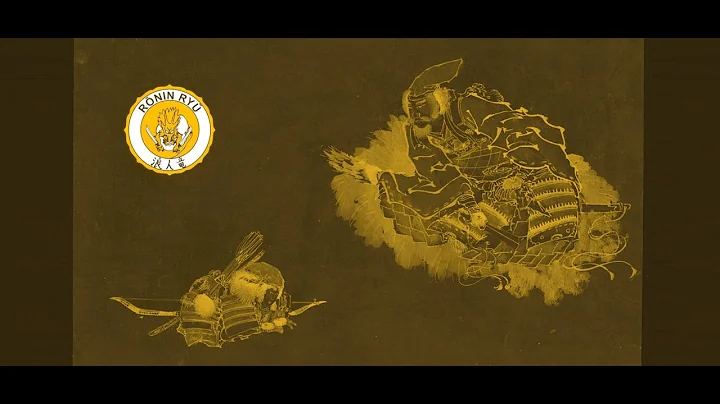
During the Republic of China, local warlords expressed their obedience to Beiyang or the Chiang family. During the Five Dynasties and Ten Kingdoms period, smaller separatist forces such as the Wuyue Kingdom also expressed their submission to the Central Plains court: even the emperor's court after the Five Dynasties and the Jin Dynasty, and local forces such as Yutian and Khotan paid homage to it. .
Among the heroes of the Republic of China, Yan Xishan was called the "King of Shanxi". Moreover, Yan Xishan had a unique skill: he separatized Shanxi for thirty-eight years.
1, Yan Xishan’s special
It is said that the Republic of China has a history of 38 years from beginning to end. In the past thirty-eight years, whether it was Yuan Shikai, Duan Qirui, or Jiang Lao who could aspire to be the leader of the alliance, or Lu Rongting, the leader of the separatist regime, most of them were actually passers-by from the Republic of China. Only Yan Xishan and Yan Laoxi are capable: Yan Xishan has witnessed the opening to closing of the Republic of China. It can be regarded as a living fossil of the history of the Republic of China.
You must know that no matter how powerful Yuan Shikai was, he would pass away in about six years of the Republic of China; Duan Qirui had a strong army, but in fact he only had a few years of glory before he fell.

Although leader Chiang was majestic, his success was actually fifteen years after the founding of the Republic of China.
So, what skills did Yan Xishan rely on to dominate Shanxi for 38 years in the troubled times of the Republic of China?
2, Yan Xishan’s ability
In fact, Yan Xishan’s ability mainly lies in two aspects:
First, he is able to do it with ease. Yan Xishan is a very practical person. It is said that Yan Xishan was sent to Japan by the late Qing court to study military affairs. While in Japan, Yan Xishan participated in the Alliance . In the year of 1911, due to a series of changes, Yan Xishan finally became the local boss of Shanxi in the early years of the Republic of China. However, as Yuan Shikai took control of the Republic of China, he naturally hated people with Tongmenghui background. Yan Xishan was also eager to clear up the relationship at this time, saying that he had no contact with the Tongmenghui for a long time.
When Beiyang was the leader, although Yan Xishan was not from Beiyang, he still adhered to Shanxi's self-reliance in troubled times: he did not participate in the warlords' melee, and at the same time ensured that Shanxi would not be affected by the war.
When leader Chiang was in charge, Yan Xishan said that he was a latent member of the Tongmenghui, so he fell into the arms of Nanjing.

Even during the Anti-Japanese War, Yan Xishan continued to make secret arrangements with the Japanese to ensure that his power would not be uprooted by the Japanese.
Second, it is the endorsement of strength. In fact, without a certain amount of strength support, it is unrealistic for Yan Xishan to just be good at being a person and be good at doing things with ease. When Yan Xishan was in charge of Shanxi, he also revitalized the military from the perspective of developing strength. He also built railways, developed military industry, and strengthened military strength. These also gave Yan Xishan capital in the process of bargaining with leader Jiang.
In addition, Shanxi's special geographical situation also created strong conditions for Yan Xishan to separate Shanxi.
3, Yan Xishan’s defeat
However, Yan Xishan’s two magic weapons to dominate Shanxi sometimes fail: for example, if he encounters a force that is determined to destroy Yan Xishan, then Yan Xishan must rely on strength if he wants to stand on his own. But what if strength doesn’t work either? Then you have to pack up and leave.
In 1946, China began a new round of "big changes". The power of the people and forces like Yan Xishan are naturally irreconcilable. And Yan Xishan's strength is not enough to fight against the people. In the end, Yan Xishan, who had been in power for 38 years, had to go to Baodao to live his life with the closure of the Republic of China.


![[TNO/OTL] War of Zhuxia 1.3.2 Custom Super Events: Chinese Reunification Phase 1 - DayDayNews](https://i.ytimg.com/vi/09tCsMMYQgU/hqdefault.jpg?sqp=-oaymwEcCOADEI4CSFXyq4qpAw4IARUAAIhCGAFwAcABBg==&rs=AOn4CLCBaDFUxyX8zvPcb5TS6kOw-TrojQ)


















